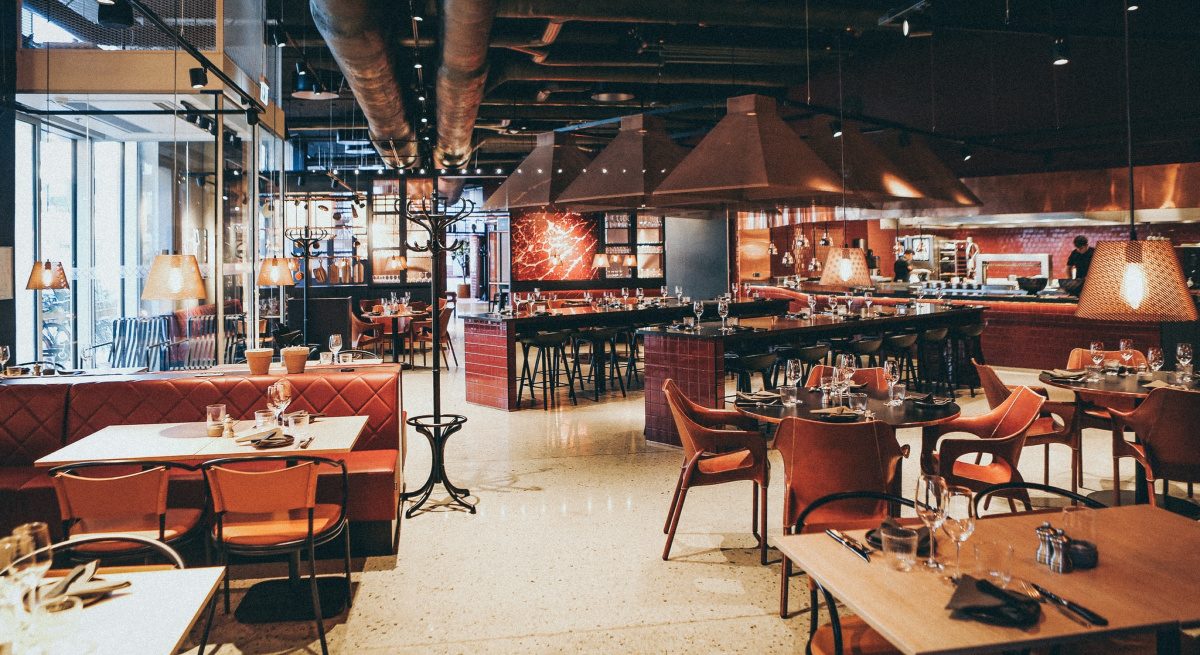
A restaurant operating system plays a crucial role in streamlining daily operations, bringing efficiency and organization to the restaurant’s workflow. Here are some ways in which a restaurant operating system can streamline daily operations:
Simplified Order Taking and Processing: With a restaurant operating system, waitstaff can easily take orders using handheld devices or tablets. The system allows for accurate order entry, customization, and special requests. Orders are instantly transmitted to the kitchen or bar, minimizing communication errors and reducing order processing time.
Enhanced Table Management: A restaurant operating system enables efficient table management by providing real-time information on table availability, reservations, and waitlists. The system optimizes seating arrangements, ensuring tables are seated promptly and efficiently. It minimizes customer wait times, improves table turnover, and maximizes seating capacity.
Integrated Restaurant OS and Payment Processing: Integration with a Point of Sale (POS) system enables seamless communication between the front-of-house and back-of-house operations. The operating system streamlines the payment process by automatically sending orders to the POS system, generating accurate bills, and facilitating various payment methods. This integration eliminates manual data entry and reduces errors, leading to faster and more efficient payment processing.
Efficient Inventory Management: A restaurant operating system simplifies inventory management by automating inventory tracking, ordering, and stock control. The system provides real-time updates on ingredient usage and inventory levels, allowing for accurate inventory tracking and preventing stockouts. Automated inventory alerts and reports help managers make informed decisions about purchasing and minimize waste.
Streamlined Employee Scheduling: Managing employee schedules can be time-consuming and challenging. A restaurant operating system offers features to create employee schedules, track availability, and manage shifts. The system helps optimize staffing levels based on demand, ensures proper coverage during busy hours, and minimizes scheduling conflicts. This streamlines employee scheduling and improves overall labor efficiency.
Comprehensive Reporting and Analytics: A restaurant operating system provides robust reporting and analytics capabilities. Managers can access real-time data on sales, revenue, inventory, labor costs, and customer trends. This information helps identify areas for improvement, make data-driven decisions, and measure the success of marketing campaigns. By analyzing data and performance metrics, restaurants can optimize operations, reduce costs, and enhance profitability.
In conclusion, a restaurant operating system streamlines daily operations by simplifying order taking, enhancing table management, integrating with POS systems, automating inventory management, streamlining employee scheduling, and providing comprehensive reporting and analytics. By leveraging these features, restaurants can achieve improved efficiency, enhanced customer service, and overall operational excellence.








Comments